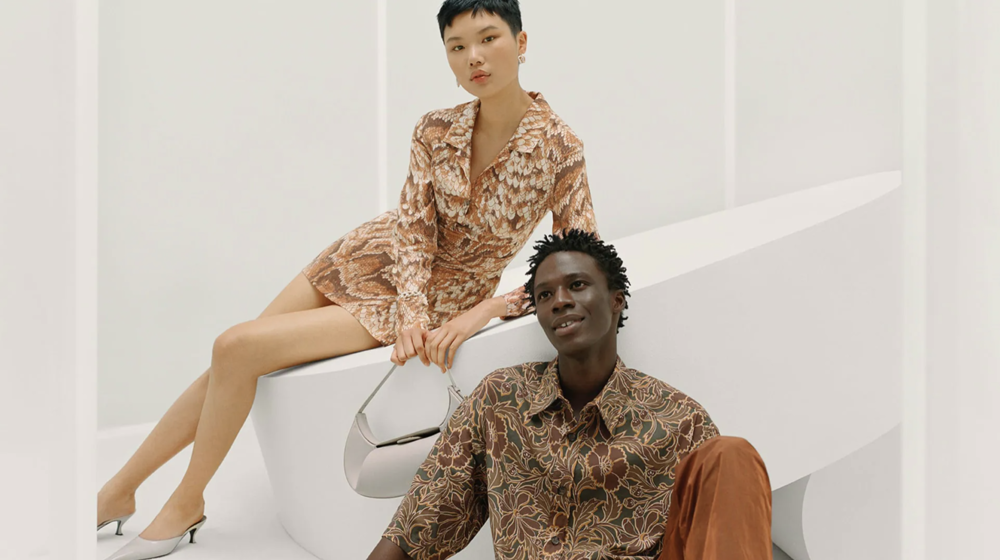Apr 22, 2021
Farfetch has just published its first annual Conscious Luxury Trends Report, examining how luxury consumers are
shopping more responsibly.

And it comes at the same time as the e-tail giant launches an enhanced version of its Fashion Footprint Tool, in partnership with Impakt_ID. It “allows consumers to easily understand the impact of their fashion choices”.
It’s particularly interesting that the report found customer behaviour on the platform “changed significantly” last year as the effects of the pandemic were felt. Customers chose to shop more consciously and the company said that the brands and boutiques that sold through its platform responded “by consolidating and increasing their commitments to improve their impact on the planet”. That also took in the launch of a variety of conscious collections and products.
As far as consumers are concerned, Mexico saw the strongest growth globally in conscious shopping during the past year with a 341% year-on-year rise. But Asian countries are also “demonstrating a forward-thinking approach to brands, often adopting emerging conscious brands before the rest of the world”.
Farfetch uses a set of independently backed criteria to qualify what it classifies as conscious products on the platform. That includes products being made of independently recognised or certified materials such as organic, recycled and upcycled fabrics, low-impact cellulosic materials, and more. It also includes being created via a certified production process, being pre-owned or belonging to a brand that scores well with ethical rating agency Good on You.
It said that the sale of conscious products grew 3.4 times faster than the marketplace average during 2020 and traffic to conscious pages rose fourfold. Post-pandemic, there has also been “a dramatic rise” in the use of the sustainability filter on the website.
This makes it clear that consumers are increasingly adopting sustainable shopping habits and the company said that they’re more often using services that help them extend the life of their clothes. Its Second Life resale service grew 527% last year and its donations service grew 662%. Sales of and views of items under its pre-owned banner also saw “huge growth”.
Meanwhile, the update to the Fashion Footprint Tool with Impakt_ID lets customers see the environmental savings of more sustainable versions of materials compared to standard ones. There’s also a short fact per material to cover some of the wider fashion sustainability issues, such as micro-plastics. And it allows customers to see the potential environmental savings of incorporating pre-owned purchases into their wardrobes.

